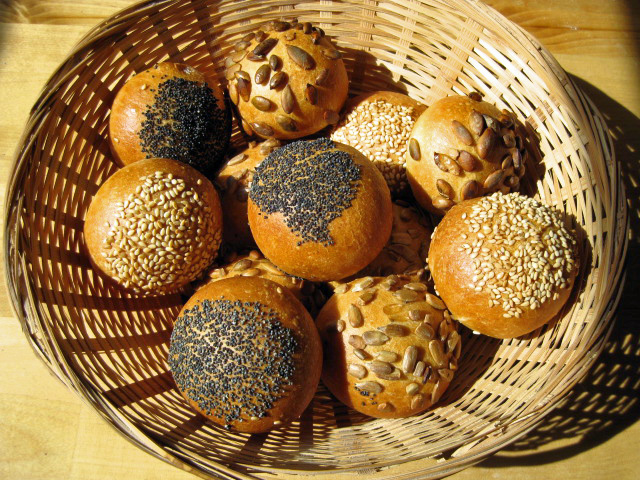The Elusive German Roll - Wo gibt's bloss ganz normale Broetchen?

Nobody in Germany thinks of baking regular, plain white rolls at home. You get them freshly baked everywhere, in bakeries, supermarkets, and even in gas stations. Every German region has them, called "Rundstueck" in Hamburg, "Schrippe" in Berlin, "Semmel" in Munich, or simply "Broetchen" (little bread).
